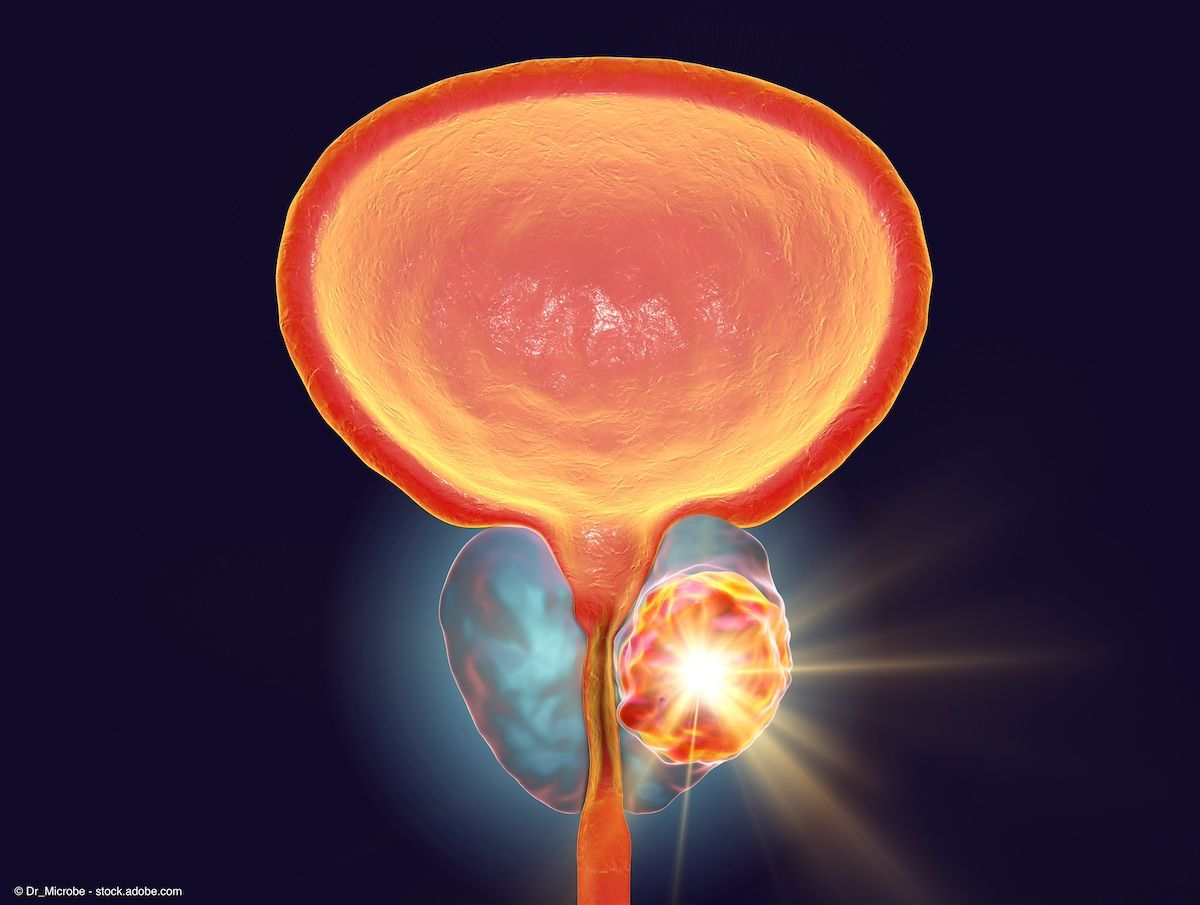News
Article
How do prostate cancer treatments differ in longterm functional outcomes?
Author(s):
New CEASAR findings at ASTRO 2024 show how 3 treatment modalities differ in prostate cancer patient functioning—as well as how patients perceive the issues.
Patrick Carriere, MD, PhD
Credit: LinkedIn

Approximately one-third of men to receive either radical prostatectomy (RP) or external beam radiation without androgen deprivation therapy (EBRT) for treatment of localized prostate cancer reported “moderate to big problems” with sexual function 10 years later, according to a new longterm study.
Investigators from the Comparative Effectiveness Analysis of Surgery and Radiation (CEASAR) study observed significant discrepancies in the rate of patients to experience objective, clinically meaningful functional decline due to their prostate cancer treatment over 10 years, and the rate of the same patients to report a significant issue with said functional declines.
Put plainly, the findings—stratified by 3 prominent forms of prostate cancer treatment—suggest patients treated for prostate cancer are often more likely to experience a functional decline in sexual, urinary or bowel function than they are to report it as an issue with their clinician over the longterm. The secondary CEASAR data, presented at the American Society for Radiation Oncology (ASTRO) 2024 Annual Meeting in Washington, DC, additionally show disparities in 1-, 3-, 5- and 10-year functional outcomes based on RP, EBRT or active surveillance (AS) care.
Led by Patrick Carriere, MD, PhD, of the MD Anderson Cancer Center, investigators followed up the primary CEASAR analysis findings showing an attenuation of comparative patient-reported functional differences between localized therapies at 5 years.
“This secondary analysis describes clinically meaningful functional decline after treatment to better inform patients’ expectations,” the team wrote.
Carriere and colleagues analyzed the trial cohort, which included patients diagnosed with localized prostate cancer between 2011 – 2012 who were prospectively enrolled from 5 US Surveillance, Epidemiology and End Results Program Sites. Patients were administered the 26-item Expanded Prostate Index Composite (EPIC-26) questionnaire, a composite score that grades patients’ function and bother following prostate cancer on a 0 – 100 scale (with greater scores indicating higher severity). EPIC-26 scores were taken at baseline, then 1, 3, 5, and 10 years post-treatment.
The team set thresholds for clinically meaningful functional decline (CMFD) across sexual function, urinary incontinence, urinary irritative, and bowel function. Their analysis described reported function and participant-reported problems per EPIC-26 based on favorable-risk patients’ prostate cancer treatment strategy. They advised that results should be considered comparable across the 3 treatment arms.
The final analysis included 1656 men with favorable-risk prostate cancer. A majority (n = 999) were treated with RP, followed by AS (n = 322), then EBRT without ADT (n = 252). Though 83 patients were treated with brachytherapy (LDR-HR), their functional and reported problems outcomes were not included in the final analysis.
Median patient age was 63 years old; three-fourths (76.2%) were non-Hispanic White. A majority of RPs were nerve-sparing (85.6%), and 77.6% of EBRTs entailed IMRT (77.6%).
Investigators observed that, overall, fewer patients were more likely to report a CMFD than a “moderate to big problem” (MTBP) with declining function post-prostate cancer therapy.
“Our findings highlight long-term clinically meaningful functional declines and functional problems that occur after these management approaches for favorable-risk prostate cancer,” investigators concluded. “Patients should be counseled regarding risks of possible long-term functional impact to better inform them of expectations after treatment.”
AS
Among patients receiving AS, 63% reported a CMFD with sexual function at 10 years post-treatment, versus 24% who reported an MTBP at that time. Another 46% and 41% reported urinary incontinence and irritative CMFD, respectively, at 10 years—versus just 11% who reported an MTBP with those outcomes. Versus the 33% who reported a bowel function CMFD at 10 years, only 7% reported an MTBP.
RP
More than 60% of patients receive RP reported sexual function CMFD at every interval assessment post-treatment. Another 62% reported urinary incontinence CMFD at 10 years—versus just 13% of patients who reported MTBP with this function. Ten-year bowel function CMFD and MTBP was lowest among patients who received RP among all treatment modalities (25% and 3%, respectively).
EBRT without ADT
The most common CMFD among patients receiving EBRT without ADT was sexual function, followed by bowel function, then urinary incontinence and irritative. One-third (35%) of patients receiving EBRT reported sexual function MTBP at 10 years.
References
- Carriere PP, Barocas DA, Huang LC, Koyama T. Patient-Reported Functional Decline Following Active Surveillance (AS), Radical Prostatectomy (RP), External Beam Radiation without Androgen Deprivation Therapy (EBRT w/o ADT), or Low-Dose-Rate Brachy. Poster presented at: American Society for Radiation Oncology (ASTRO) 2024 Annual Meeting. Washington, DC. September 29 – October 2, 2024.
- University of Michigan Health System. Expanded Prostate Cancer Index Composite (EPIC). https://medicine.umich.edu/sites/default/files/content/downloads/EPIC-SF-6.2002_0.pdf. Published June 2002. Accessed September 28, 2024.
Newsletter
Stay current with the latest urology news and practice-changing insights — sign up now for the essential updates every urologist needs.

















